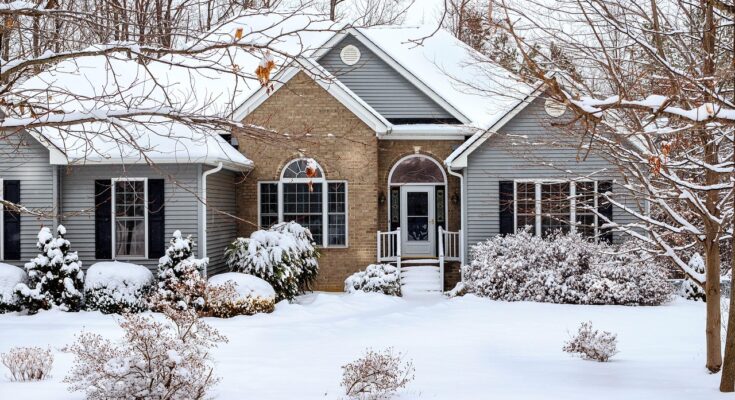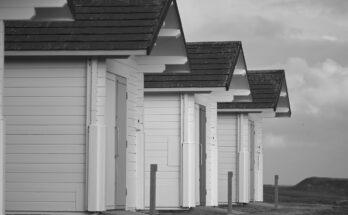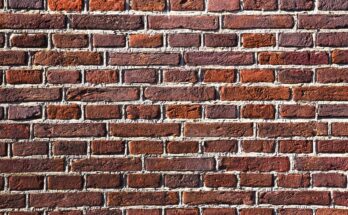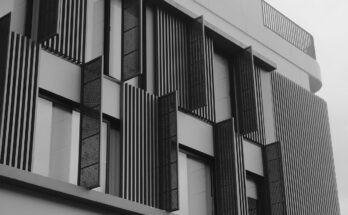ZonaJakarta – Fiber cement cladding has earned a loyal fanbase among homeowners and builders for one simple reason: it’s tough. Whether you’re living by the coast, out in the country, or smack in the middle of the city, this material can take a beating from the elements and still look good doing it. But as low-maintenance as it is, fiber cement cladding isn’t completely hands-off.
Like any part of your home’s exterior, it needs a little routine care to stay at its best. The good news? Keeping your fiber cement cladding in great shape doesn’t require a long list of tools or a professional crew. Just some simple upkeep, an occasional check-up, and a few do’s and don’ts can go a long way.
Here’s everything you need to know to maintain your fiber cement cladding—the casual homeowner’s guide to keeping your walls solid and stylish for the long haul.
Start With the Basics: What Makes Fiber Cement So Durable?
Before diving into maintenance, it helps to understand what you’re dealing with. Fiber cement is made from a blend of cement, sand, and cellulose fibers. That combo makes it strong, fire-resistant, insect-proof, and able to hold up in tough weather without cracking, warping, or rotting.
It’s also incredibly stable, which means it won’t expand and contract dramatically with temperature changes the way wood does. But even the toughest materials need some TLC—especially after facing wind, rain, dust, and sun year after year.
Give It a Gentle Wash Now and Then
Just like your car or your windows, your exterior walls get dirty. Dust, pollen, bird droppings, and general grime can build up over time and dull the look of your cladding. The best way to keep it clean is with a soft wash once or twice a year.
You don’t need a pressure washer (and actually, you shouldn’t use one—more on that in a bit). A garden hose, soft-bristle brush, and a bucket of soapy water will do the trick. Stick to mild dish soap or a gentle, non-abrasive cleaner. Scrub lightly, rinse thoroughly, and let it air dry.
This small habit not only improves your home’s appearance but can also help prevent mold or mildew buildup—especially in damp or shaded areas.
Inspect for Damage—But Don’t Panic
Fiber cement is built to last, but it’s not indestructible. A stray rock from the lawn mower or a bump from a ladder can chip or crack a board. That’s why it’s a good idea to do a quick inspection once or twice a year—ideally in spring or fall.
Look for any cracks, chips, or damaged caulking where the panels meet or where they meet trim and windows. Most small dings are cosmetic and won’t compromise performance, but it’s still worth fixing them sooner rather than later to avoid water sneaking in over time.
If you spot any missing or deteriorated caulking, grab a tube of paintable, exterior-grade sealant and touch it up. It’s an easy weekend task that goes a long way toward protecting your cladding from water damage.
Don’t Forget About the Paint
One of the best things about fiber cement is that it holds paint really well. But even the best paint job won’t last forever. Depending on your local weather and the quality of the original paint, you might need to repaint your cladding every 10 to 15 years—sometimes longer if factory-finished panels were used.
If your siding starts to look faded, chipped, or uneven, it might be time to freshen it up. Just make sure the surface is clean and dry before painting, and always use a high-quality, exterior-grade acrylic paint.
Keep in mind that lighter colors tend to last longer and resist UV fading better than darker tones. And while it might be tempting to switch things up dramatically, always check the manufacturer’s guidelines for approved paint colors and types.
Skip the Power Washer
Yes, it’s satisfying. Yes, it looks like it’s doing a great job. But using a pressure washer on fiber cement can actually do more harm than good. High-pressure water can damage the surface finish, strip paint, and even force water behind the panels if you’re not careful.
If you must use one, keep it on a low setting, use a wide-angle nozzle, and hold it at a steep downward angle—never directly into joints or edges. But really, a garden hose and brush are your best friends here.
Trim Back Plants and Trees
Overgrown bushes or vines might look charming, but they can also trap moisture against the cladding and cause premature wear—especially near the base of your walls. Trim back any vegetation that’s leaning against the siding to let it breathe and dry out naturally.
Also, keep gutters clean and make sure downspouts are working properly. Poor drainage or constant splashing near the bottom of your walls can lead to water damage over time, even on a tough material like fiber cement.
The Bottom Line
Fiber cement cladding doesn’t need constant care, but a little attention goes a long way. With basic maintenance—think occasional washing, routine checks, and some paint love every decade or so—your siding can last 30 to 50 years or more.
In a world where materials come and go with trends, that kind of staying power is hard to beat. And the best part? You don’t need to be a DIY pro or have a huge budget to keep it looking its best. Just some time, a little effort, and a pair of gardening gloves now and then. (*)




